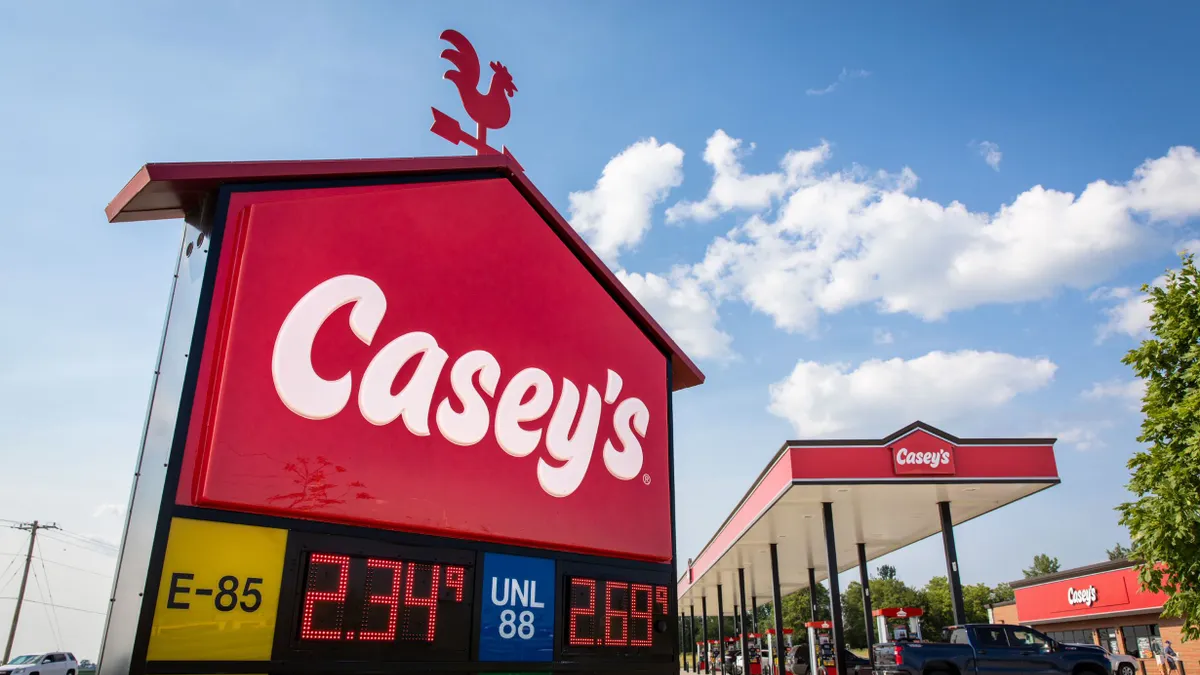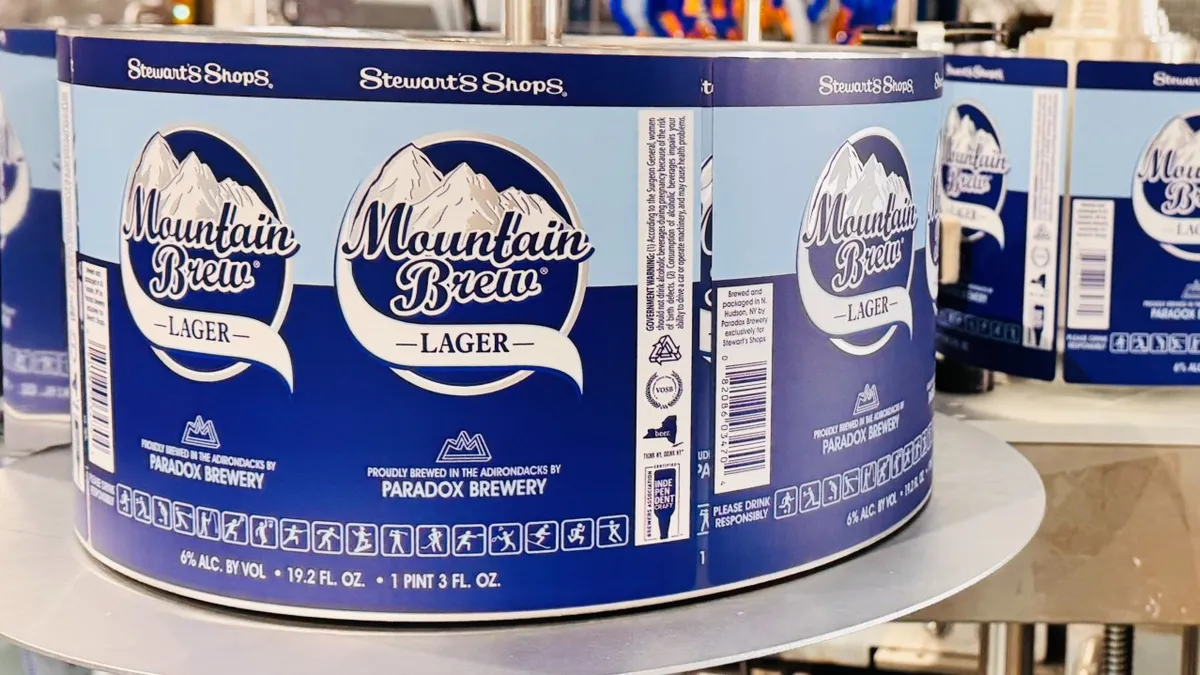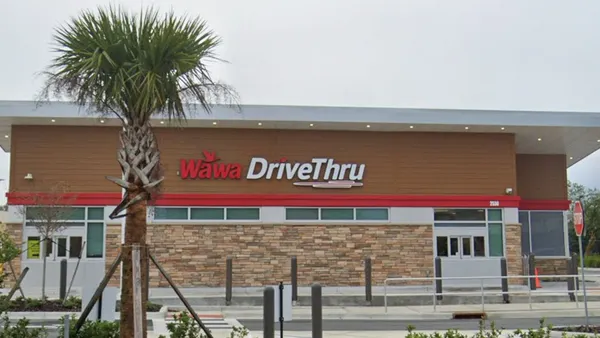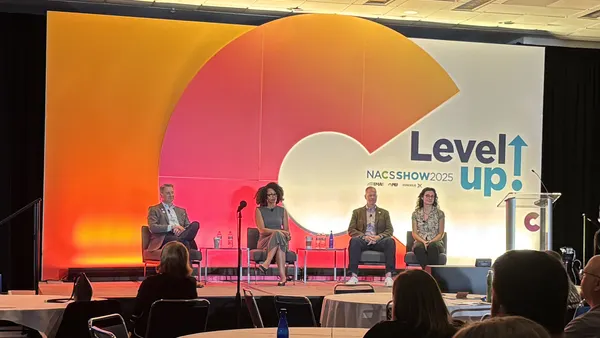When Minuteman Food Mart thought about modernizing its look, it zeroed in first on its logo.
It had used two variations through the years. One simply featured the company name, while the other showed the silhouette of a colonial-era minuteman.
While unique, the logo felt outdated and didn’t speak to the modern focus of Minuteman’s stores, said Ed Bitondo, vice president of convenience store operations for the retailer, which operates over 60 locations in the Carolinas.
Updating the logo became important because Minuteman wants to boost its appeal among the 18-25-year-old demographic, which Bitondo noted is the next group of “forever customers.”
“For us, it was time to really understand, how do we appeal to not only the younger demographic but also to our existing guests that come into our stores?” said Bitondo, who took over Minuteman’s c-store operations earlier this year.
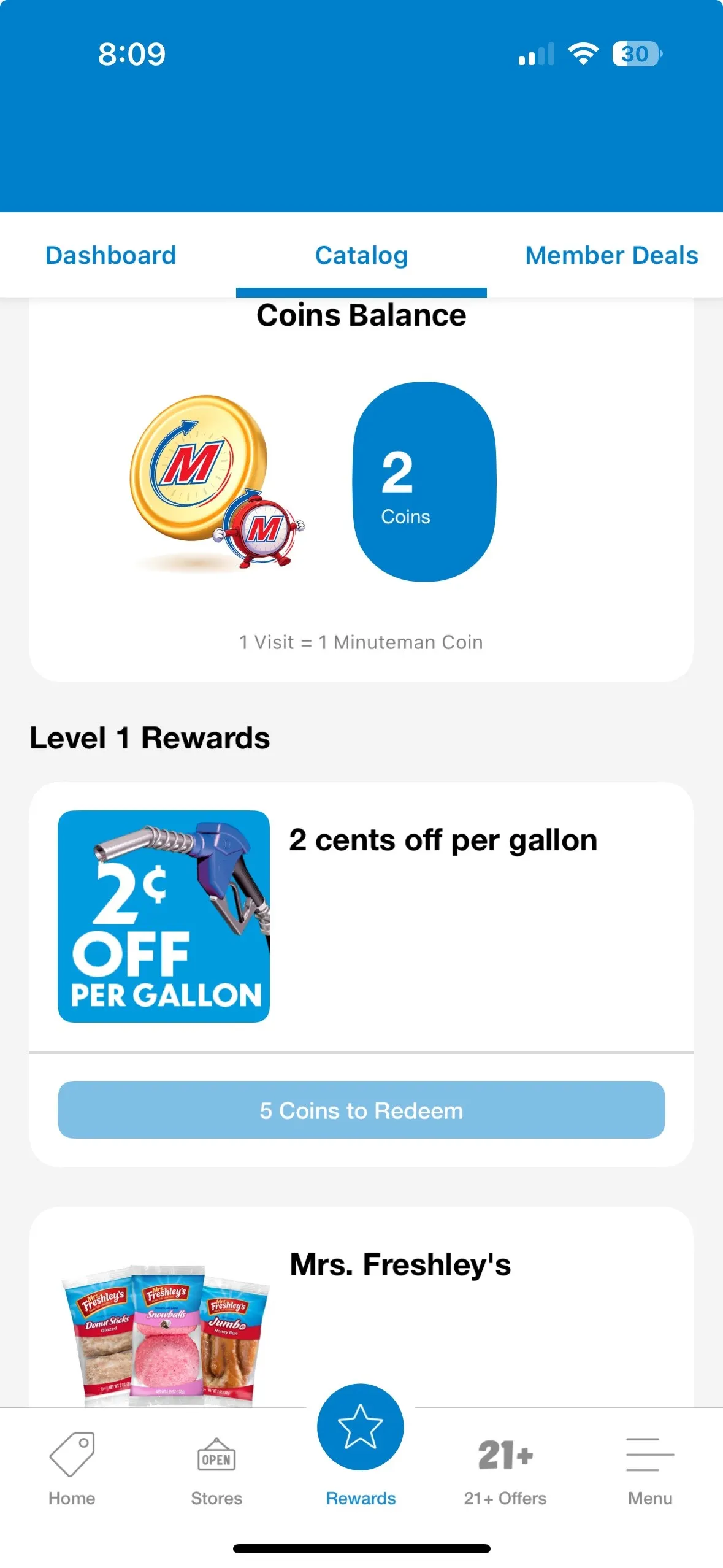
Minuteman was also looking for a way to encapsulate what it stood for — something that could be iconically connected to the brand, the way the swoosh is for Nike or Buc-ee the Beaver is for Buc-ee’s.
Minuteman’s marketing and operations team got to work, turning out around a dozen ideas and iterations before getting feedback from stakeholders, including customers and employees.
“[We] asked our guests for feedback as well, and we put it out to our store teams, and then really decided what we wanted to go from there,” said Bitondo.
The final selection was a simple, clean logo featuring a stopwatch.
“Really simple for us to identify, and really simple to be identifying out in the marketplace,” he added.
Expanding the branding
Minuteman plans to be “very intentional” about the rollout of the new look, Bitondo said.
One of the first places most people will encounter the new logo is on the app. How the new icon would operate in that ecosystem was an important part of its development, he added.
“We do everything on our phone now,” said Bitondo. “So how is that specific icon kind of a call to action?”
Minuteman has started silhouetting the logo and including it on store signs so people can get used to seeing it. Customers will also find the new image on the receipts and on social media. The company introduced two new mascots as well — Minuteman and Minute Mandy, both of whom are clocks.
“For us, it was time to really understand, how do we appeal to not only the younger demographic but also to our existing guests that come into our stores?”

Ed Bitondo
Vice president of convenience store operations for Minuteman
“[We’re] getting that weaved into the fabric of what we do every day,” he said.
New builds — the company expects between five and 10 of them in the next year — will fully embrace the new logo. But older stores won’t be left out, either.
“As we go back to our legacy stores, some of that signage will change as well,” said Bitondo. “But from a true branding standpoint, moving forward, you'll see the icon.”
Broader updates
Bitondo said the logo update is part of a broader philosophy shift for the chain that’s focused on how it can separate itself from the pack.
Minuteman refreshed the entire app when it introduced its new logo. The platform is now more robust and uses AI to identify segments and deliver more personalized offers to loyalty members.
Minuteman’s team also applies this thinking to their assortment and how to walk the line between new or exotic products and standard fare on shelves or in the foodservice menu.
“You can be innovative, but you also need to understand that everybody also wants chips and bubblegum,” Bitondo said.
A big part of that is using data and customer feedback.
As an example, he pointed to Minuteman’s bologna sandwich, which the company removed from the menu, but recently re-added because customers were asking for it.
“What do they say? What are they telling us? What can you read between the lines,” he said. “And at the same time on the back end, really being able to put that through a structured, scalable, repeatable process so we understand what they want.”
Data also extends to the in-store experience — how each location looks, how associates act and the atmosphere shoppers encounter, Bitondo said.
“How do I feel when I'm in there?” he said. “If I don't feel like a guest, I'm not coming back.”





